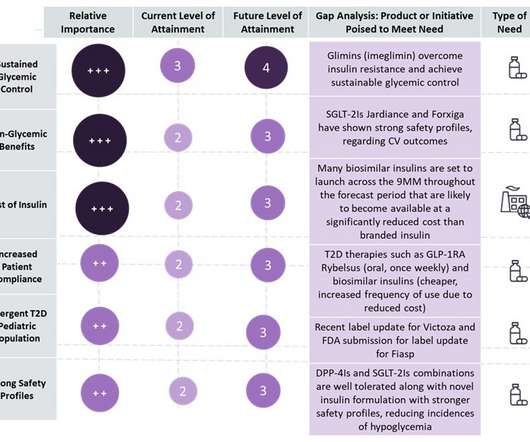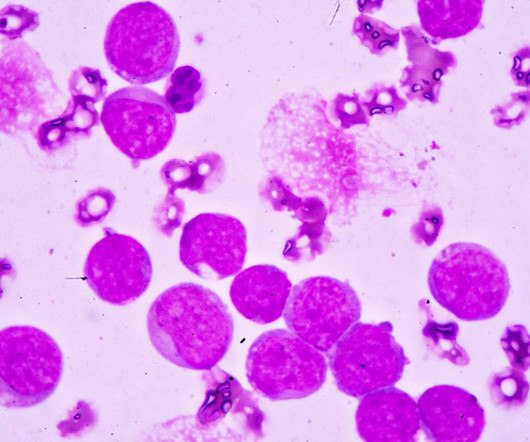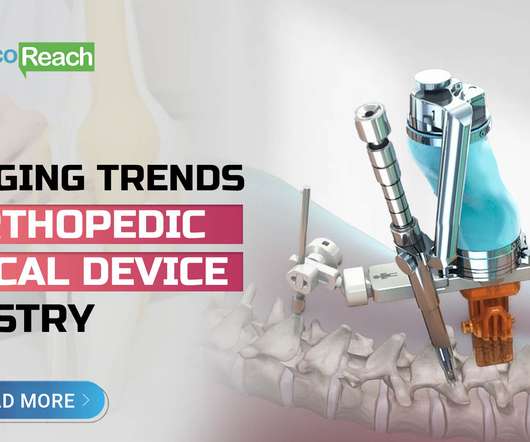T2D market growth driven by novel GLP-1RAs and once-weekly basal insulin therapies
Pharmaceutical Technology
JANUARY 10, 2023
Type 2 diabetes (T2D) is a crowded and competitive landscape with multiple “me-too,” generic and biosimilar drugs entering the market, with market growth primarily driven by an increasing prevalent population across nine major markets (9MM: US, France, Germany, Italy, Spain, UK, Japan, China, and India).












Let's personalize your content